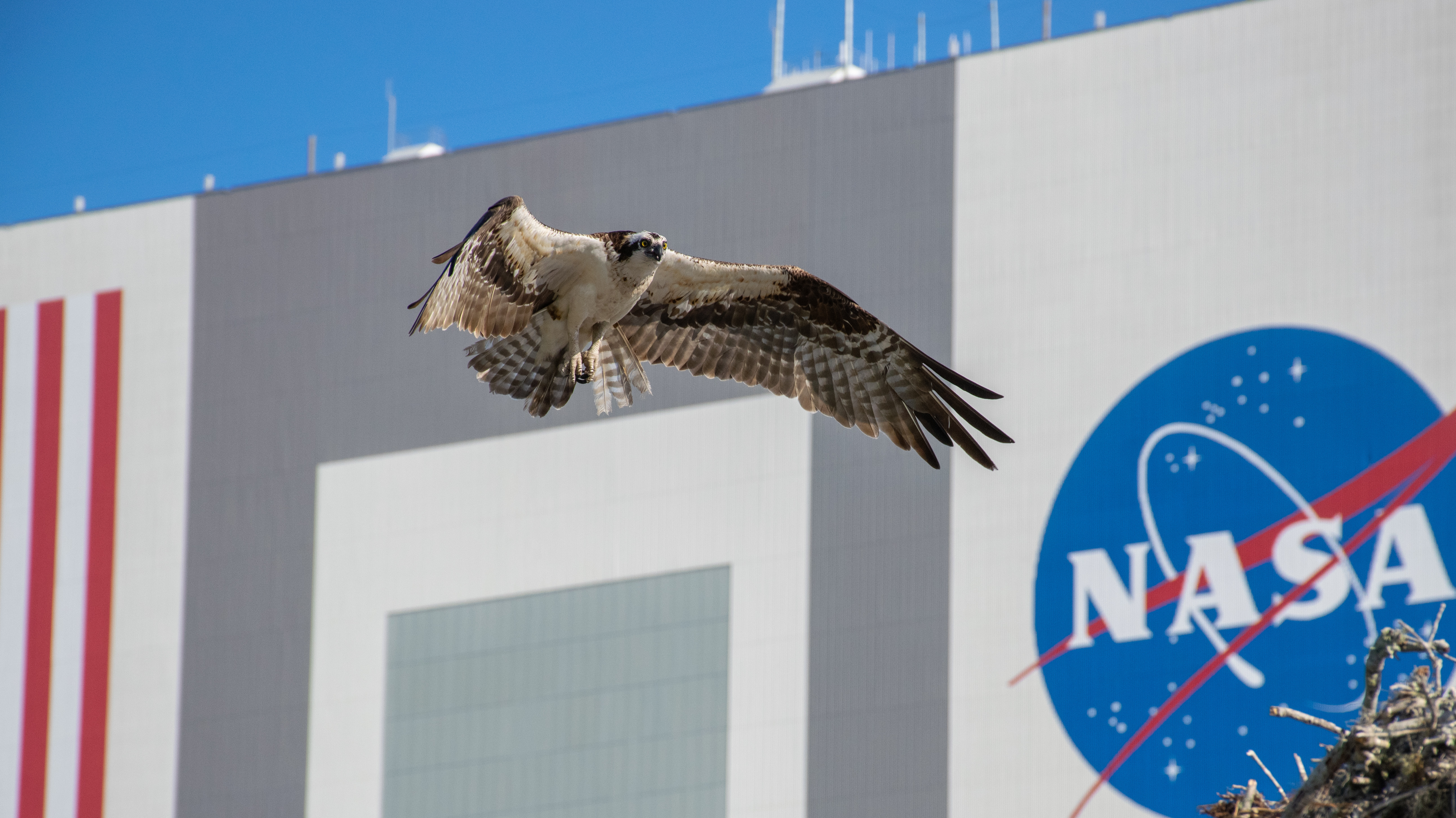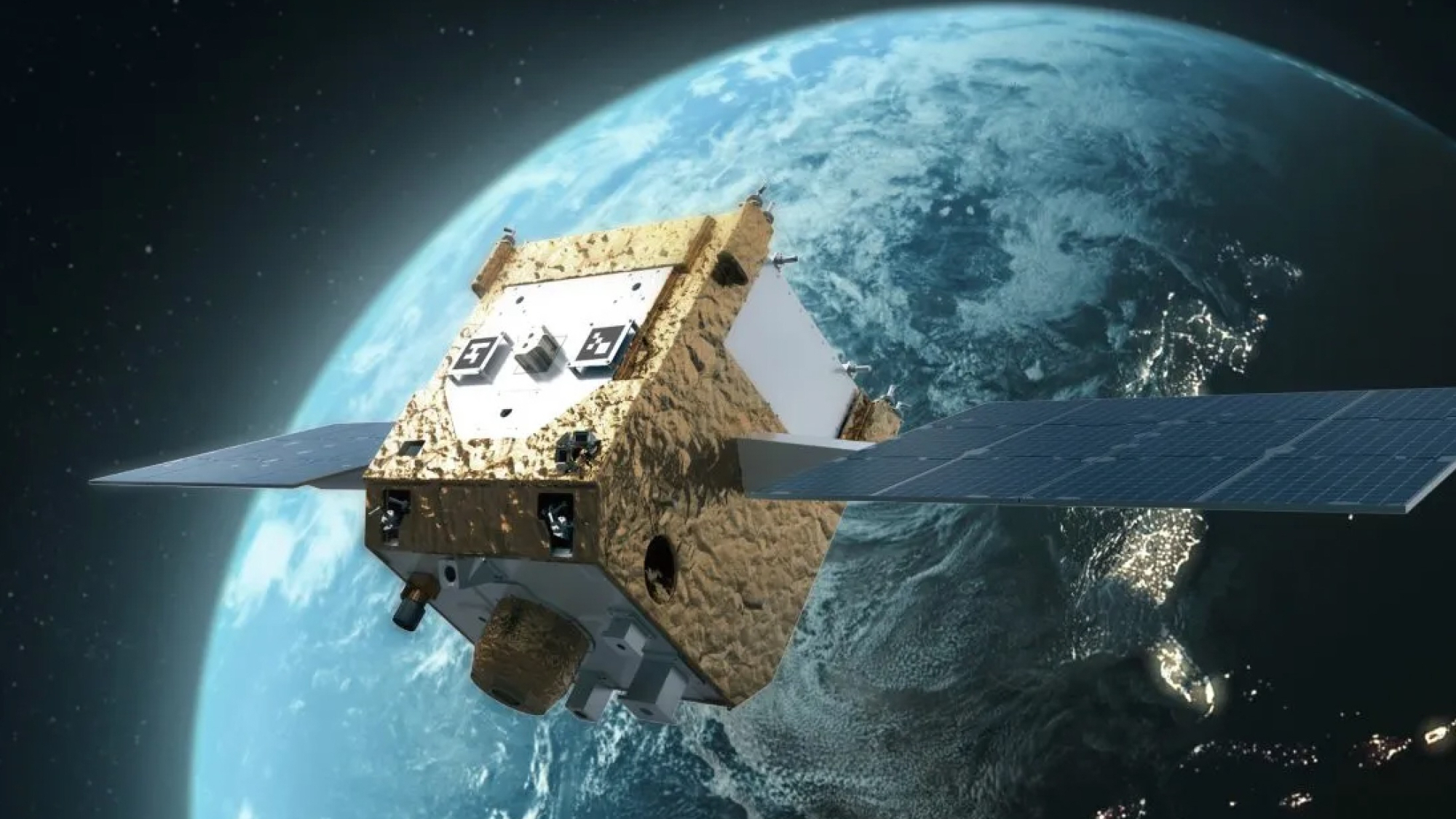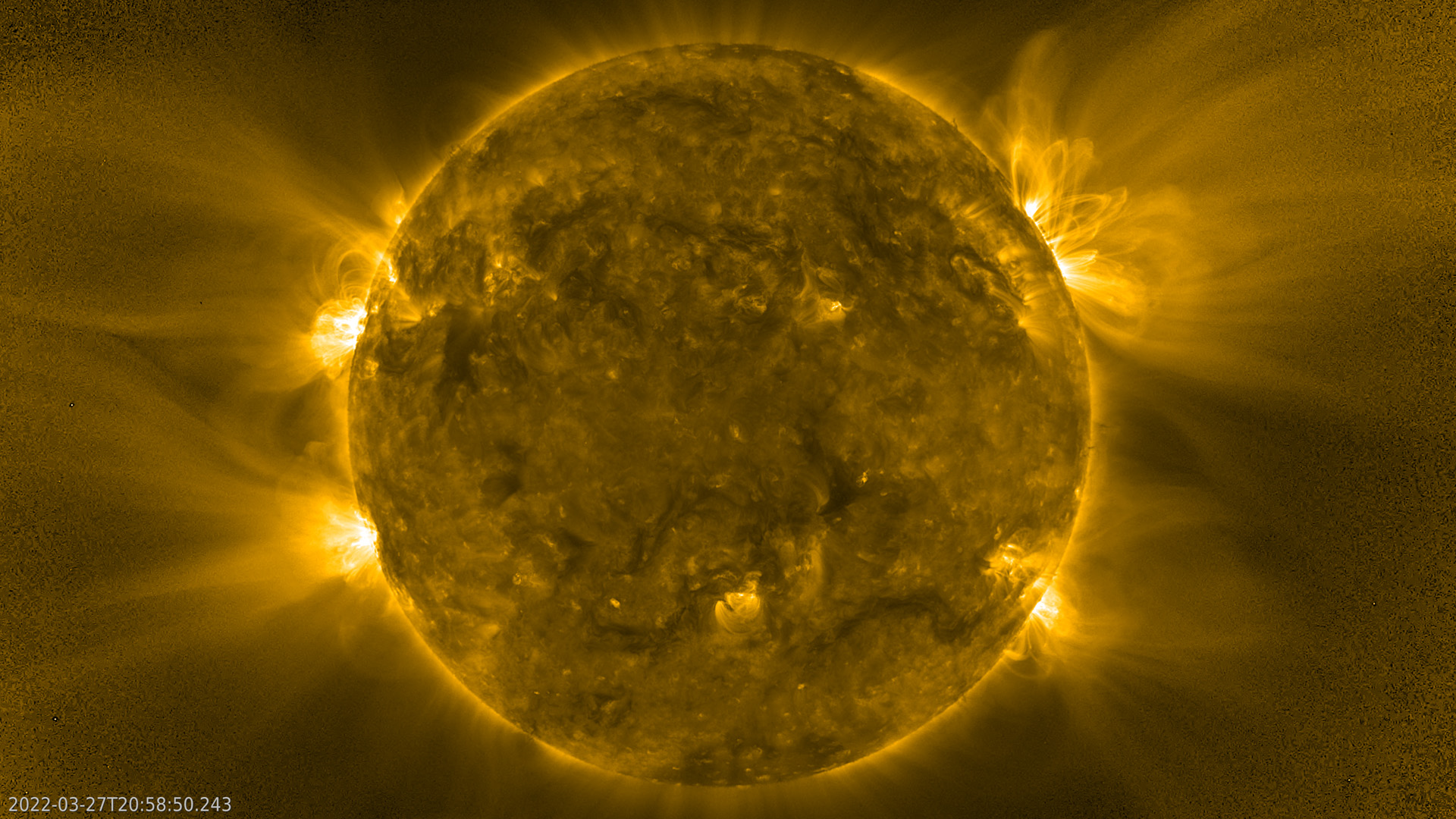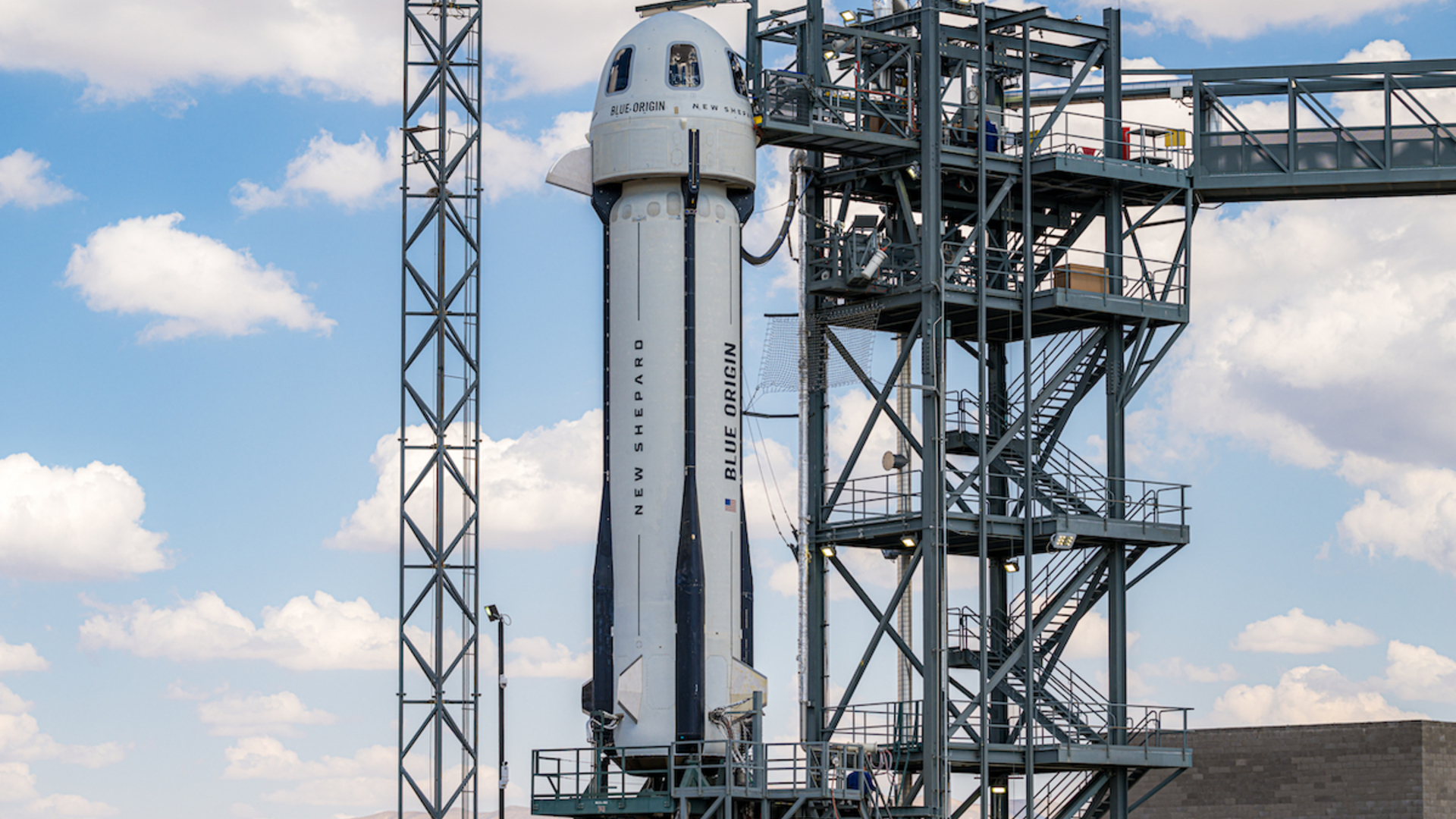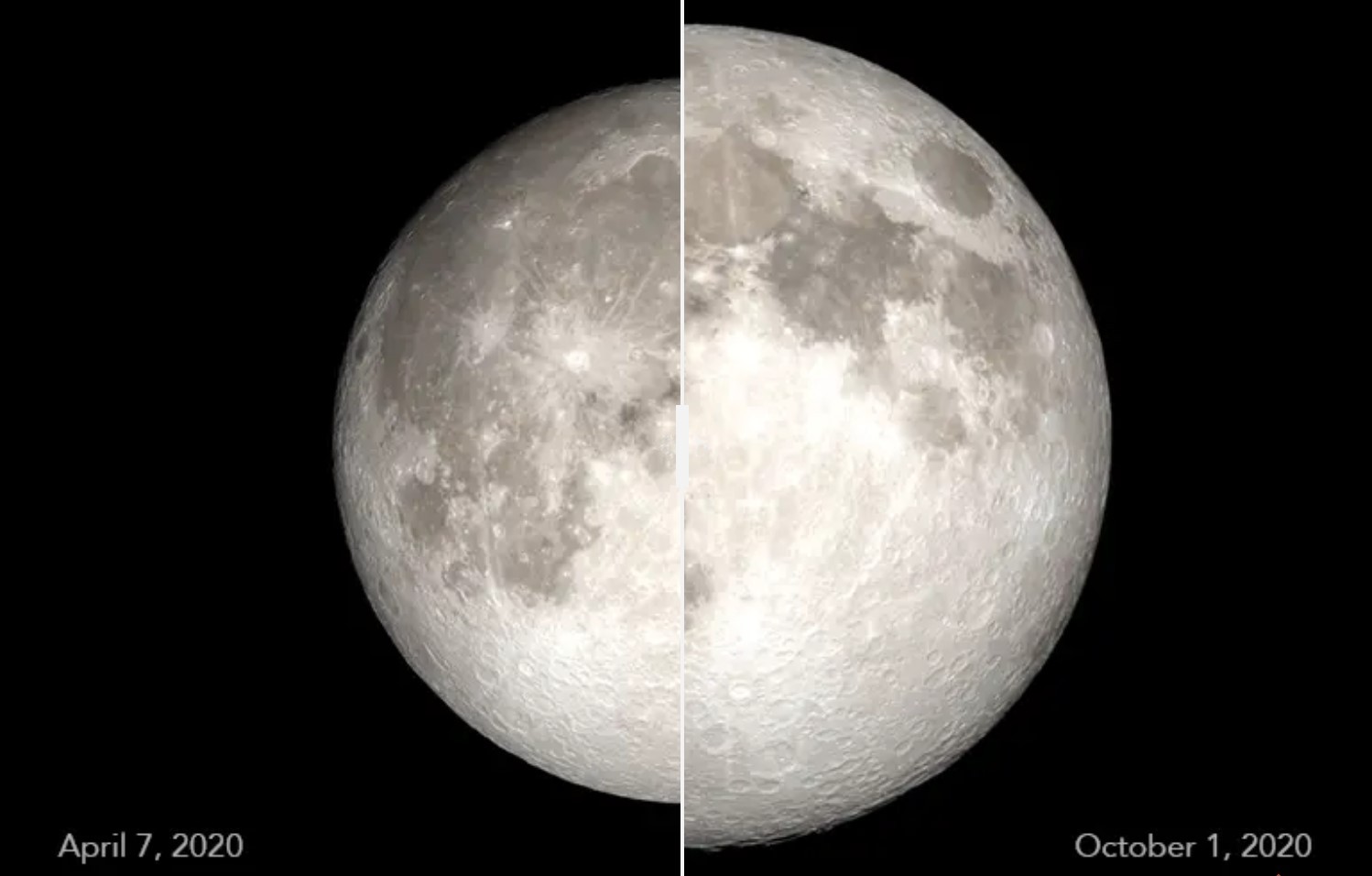Last Delta II Rocket Launches NASA Satellite to Map Earth's Ice with Space Laser
A $1 billion NASA mission that will use a laser to track changing ice levels on Earth soared into space early Saturday (Sept. 15), launching into a predawn California sky on a mission that also marked the final flight of a record-setting rocket.
NASA's Ice, Cloud and land Elevation Satellite-2, or ICESat-2, lifted off at 9:02 a.m. EDT (6:02 a.m. PDT or 1302 GMT) from Space Launch Complex-2 at Vandenberg Air Force Base in Southern California. The launch marked the unprecedented 100th successful flight of the Delta II rocket built by the United Launch Alliance (ULA), which over the course of 30 years lofted the first GPS satellites, deployed commercial telecommunication constellations and sent NASA robotic probes to explore and study the moon, Mars and the asteroids.
"It's been a very, very prominent part of space history," said Scott Messer, program manager for NASA programs at ULA, during a pre-launch press conference Wednesday (Sep. 13). [In Photos: NASA's ICESat-2 Soars on Last Delta II Rocket]
"Wow," NASA launch director Tim Dunn said after the successful liftoff. "It was a thrilling day."
For its 155th and final mission, the Delta II flew in its 7420-10 configuration, outfitted with four Graphite Epoxy Motor (GEM) side-mounted boosters, which were jettisoned 1 minute and 22 seconds into the flight, and a 10-foot-diameter (3-meter) payload fairing, which was similarly disposed of about 4 minutes later as the rocket climbed into space. The Delta II's second stage engine completed the first of its four planned burns 11 minutes after liftoff, placing it into an initial elliptical transfer orbit.
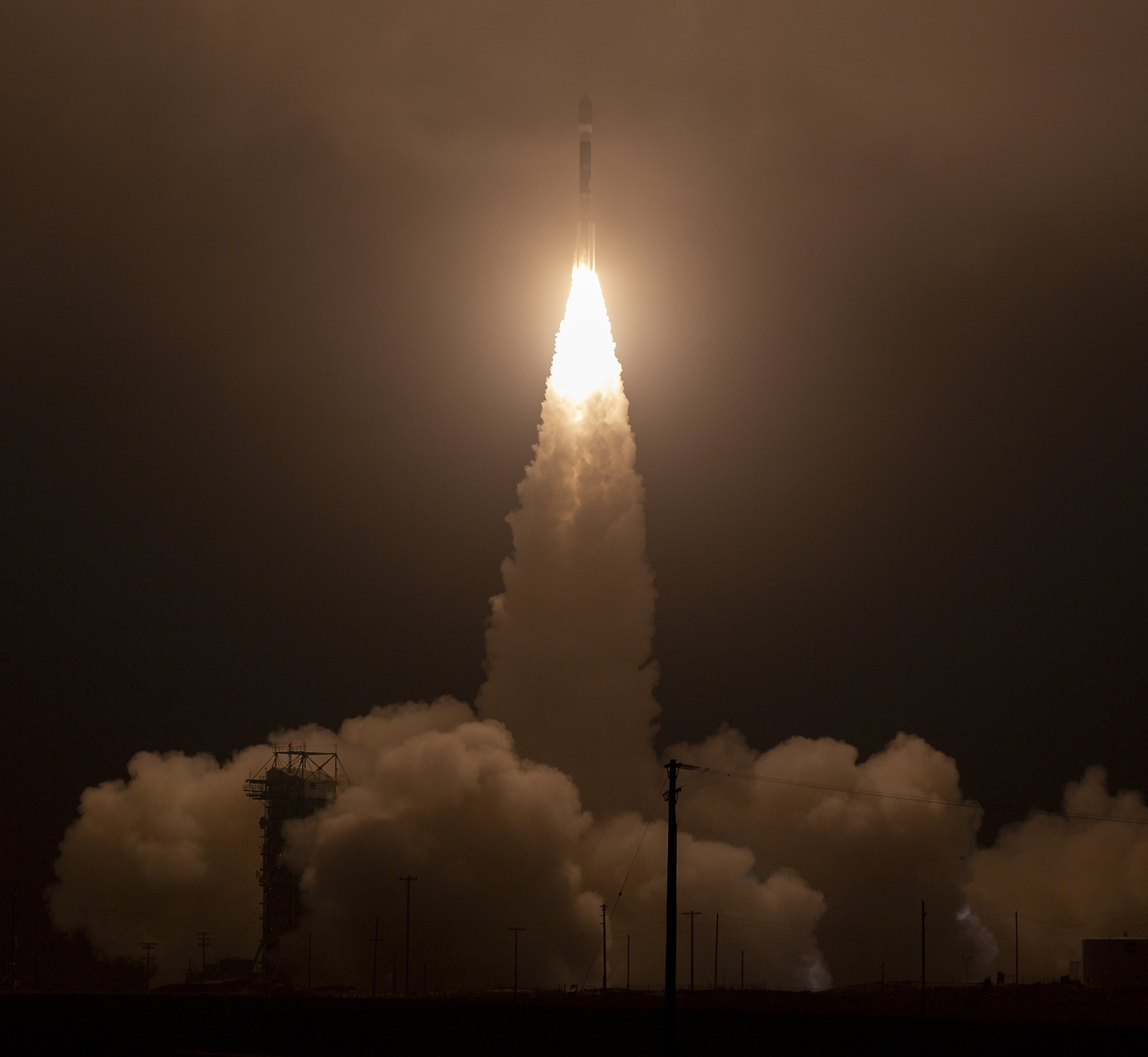
The Delta II's second stage AJ10-118K engine reignited for 6 seconds about 47 minutes into the mission before deploying ICESat-2 into orbit. Twenty-three minutes later, the stage fired again to set up the release of four small satellites.
The tiny CubeSats were designed and built by UCLA, University of Central Florida, and Cal Poly to conduct research in space weather, changing electric potential and resulting discharge events on spacecraft and damping behavior of tungsten powder in a zero-gravity environment.
Get the Space.com Newsletter
Breaking space news, the latest updates on rocket launches, skywatching events and more!
The final telemetry in Delta II history is expected about 2 hours after launch, sometime prior to the second stage impacting and sinking into the South Pacific Ocean.
Meanwhile, the ICESat-2 mission is getting underway.
"About an hour after we launch, the spacecraft separates from the launch vehicle and then about within the next 30 minutes the solar arrays deploy," said Doug McLennan, ICESat-2 project manager at NASA’s Goddard Space Flight Center in Maryland, on Wednesday.
The ICESat-2 spacecraft serves as a power and pointing platform for the mission's single instrument, the Advanced Topographic Laser Altimeter System, or ATLAS.
"We're not going to turn ATLAS on for about a week and then we're just checking it out. We don’t open up the [telescope] door for about another week. And then we start collecting early data from ATLAS, turn on the lasers and start our commissioning process," said McLennan, adding that the commissioning period will last about 60 days.
Once the science mission begins in earnest, ATLAS will begin directing 10,000 pulses of green light per second at Earth to record how long it takes some of those photons to bounce back. The transit time can be used to calculate ultra-precise elevation measurements from space, providing researchers with a map of changing ice levels and tree growth.
"We're going to have measurements all over and we're going to have them at much higher resolution, so we can do a much better job tying the change [in ice levels and forest growth] to climate overall," said Tom Wagner, ICESat-2 program scientist at NASA Headquarters in Washington, DC.
Editor's note: This story was updated at 11 a.m. EDT to note the successful post-launch engine burns to deploy ICESat-2 and the mission's Cubesats.
Robert Pearlman is a contributing writer and the editor of collectSPACE.com, a Space.com partner site and the leading space history news publication. Follow collectSPACE on Facebook and on Twitter at @collectSPACE. Follow us @Spacedotcom, Facebook and Google+. Original article on Space.com.
Join our Space Forums to keep talking space on the latest missions, night sky and more! And if you have a news tip, correction or comment, let us know at: community@space.com.

Robert Pearlman is a space historian, journalist and the founder and editor of collectSPACE.com, a daily news publication and community devoted to space history with a particular focus on how and where space exploration intersects with pop culture. Pearlman is also a contributing writer for Space.com and co-author of "Space Stations: The Art, Science, and Reality of Working in Space” published by Smithsonian Books in 2018.In 2009, he was inducted into the U.S. Space Camp Hall of Fame in Huntsville, Alabama. In 2021, he was honored by the American Astronautical Society with the Ordway Award for Sustained Excellence in Spaceflight History. In 2023, the National Space Club Florida Committee recognized Pearlman with the Kolcum News and Communications Award for excellence in telling the space story along the Space Coast and throughout the world.

